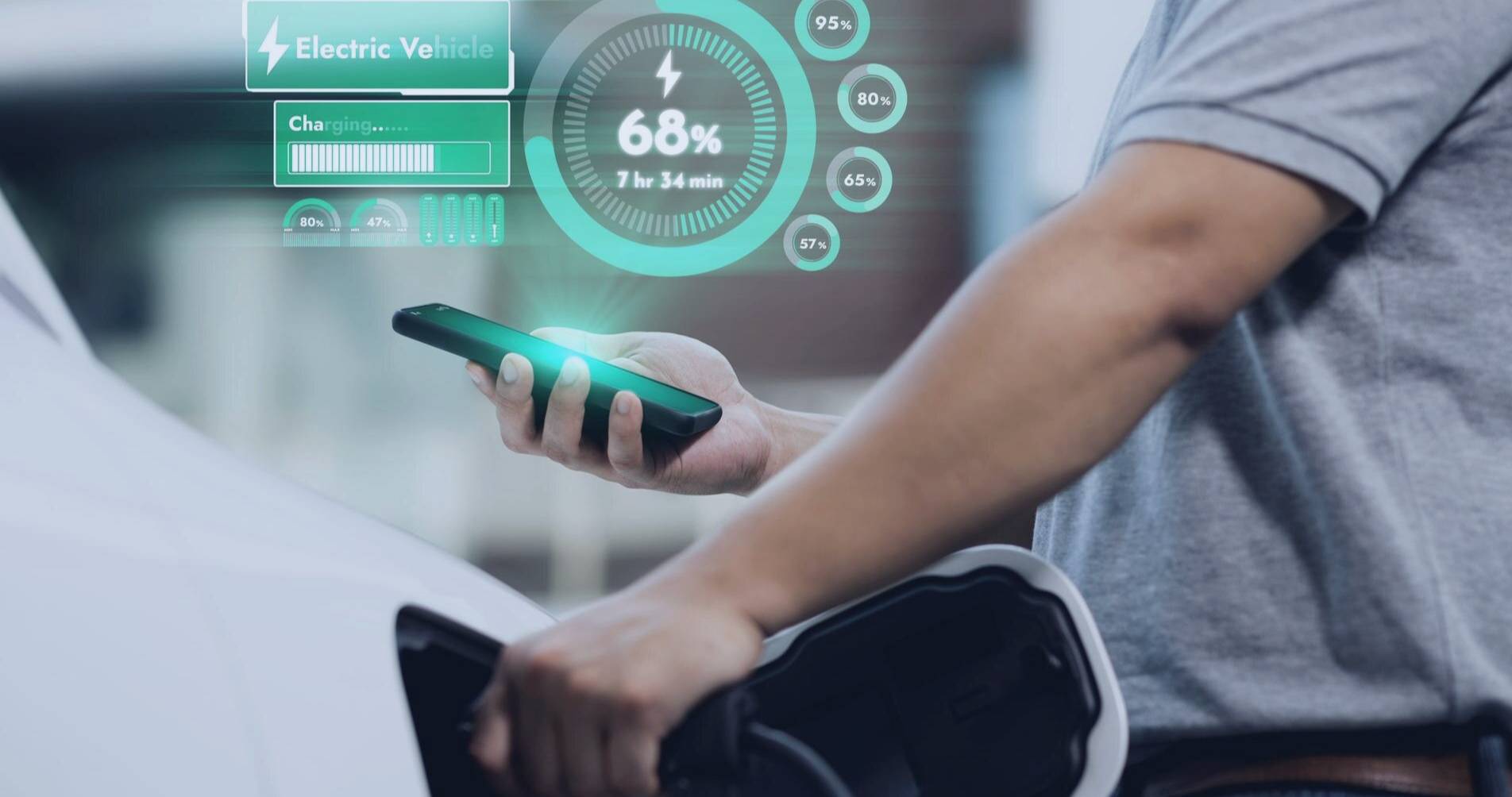

How States Simplify EV Home Charging Policies
Learn how cities like Seattle and Denver simplify EV fleet home charging with federal funding, smart tech, and AmpUp solutions.

Discover how cities like Seattle, Austin, and Denver are leading the way to 100% electric vehicle (EV) fleets by 2030. Learn the benefits of municipal EVs, including lower costs and emissions, and explore how states are leveraging federal funding to build essential EV infrastructure. Find out how home charging and fleet management software, like AmpUp, simplify charging for fleet drivers, optimize energy use, and streamline reimbursements. Dive into the future of municipal EV fleets and how they’re driving sustainable city initiatives.
US states and municipalities are rapidly adding electric vehicles into their fleets, and some cities, such as Seattle, Austin, and Denver, are even aiming for 100% municipal EV fleets by as early as 2030. And why wouldn’t they? Even though upfront costs for EVs can often be higher than gas cars, an EV fleet ultimately delivers lower maintenance, operating, and fuel costs, and emissions reduction.
States and municipalities are adopting light- and medium-duty EVs such as police cars, administrative and fleet vehicles used by city officials and staff, and pickup trucks for maintenance and repair. Larger electric vehicles such as garbage trucks, fire trucks, and street sweepers are also starting to hit the streets. (The City of Boise, Idaho, even added an electric Zamboni to its municipal fleet last year.)
But states and municipalities first have to build out the infrastructure needed for their fleets, such as onsite Level 2 EV charging stations. There’s federal funding available for EV fleet infrastructure – the Bipartisan Infrastructure Law earmarked billions for EV chargers, and states such as New York are using the money to install Level 2 chargers at state office buildings and in municipal parking lots.
Another vital part of state and municipal EV infrastructure buildout is EV fleet management software because it optimizes charging schedules and tracks vehicle usage to ensure EVs are being deployed effectively.
Some fleet drivers, such as police officers and technicians, often drive their fleet cars home at night. Home charging allows them to charge their EVs overnight, so they’re ready to go the next working day. States and municipalities are increasingly directly installing Level 2 chargers at their employees’ homes, or reimbursing them for installation costs. Some utilities also provide rebates to fleet owners for employee home charging.
When it comes to reimbursing the fleet car driver for home charging costs, AmpUp’s EV fleet management software makes it seamless because fleet home charging capability is integrated into its app. Fleet managers can see drivers’ charging behavior and energy usage data and then effortlessly reimburse their drivers for home charging.
Charging session data and charger management capabilities are integrated into fleet management and driver systems via API. This integration allows the systems to communicate seamlessly providing critical tracking data of fleets, fuel costs, energy consumption, and more. (AmpUp’s APIs can be used in other fleet charging scenarios, too, such as at the workplace or in building or property management systems.
AmpUp’s app makes setting up home charging for fleet cars simple: After the Level 2 home charger is installed with AmpUp’s self-serve installer flow and home fleet plan, the EV fleet driver adds their home charger to their AmpUp app while the fleet management system auto registers that home charger to its system. Once that’s complete, the fleet driver can charge their EV at home using their AmpUp app. The app sends the home charging data to the fleet management system, and voila, the driver is reimbursed for the energy used to charge the car at home.
The Zamboni driver in Boise might be out of luck when it comes to home charging, though.


